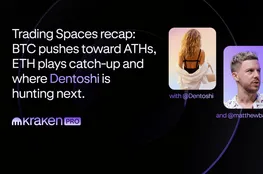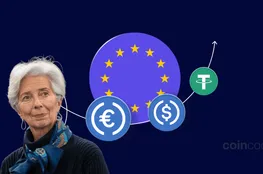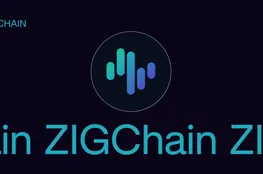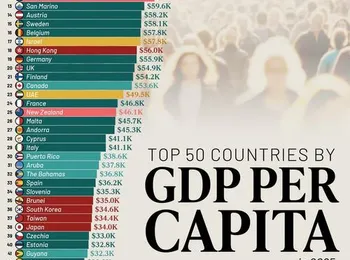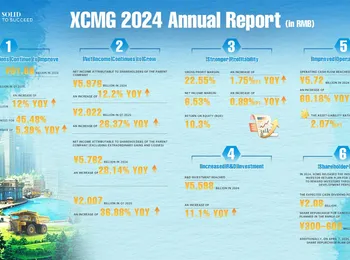Stripe is making a significant move into the blockchain space, announcing the appointment of Matt Huang, co-founder and managing partner of crypto venture firm Paradigm, as the chief executive officer of its upcoming blockchain project, Tempo. This strategic decision, reported by Fortune, signals Stripe’s continued interest in exploring decentralized technologies and their potential to revolutionize the payments industry. The move underscores the growing importance of blockchain solutions and their impact on the future of finance. Huang’s existing role on Stripe’s board demonstrates a close collaboration between the two companies, indicating a long-term commitment to developing innovative payment technologies. His appointment is a testament to his recognized expertise and leadership within the cryptocurrency ecosystem, further solidifying Stripe's position as a key player in this rapidly evolving landscape.
The strategic alignment with Paradigm, a firm managing $12.7 billion in assets and backing prominent projects like Uniswap and Fireblocks, highlights Stripe’s commitment to leveraging a team of experienced blockchain professionals. This collaboration is expected to bring a wealth of knowledge and expertise to the Tempo project, accelerating its development and ensuring its success. The creation of Tempo aligns with a broader trend within the blockchain industry – the development of stablecoin-focused blockchains. This approach leverages the inherent stability of cryptocurrencies while maintaining compatibility with existing Ethereum infrastructure. Recent examples, such as Plasma, which recently secured over $373 million in an oversubscribed token sale, demonstrate the growing investor confidence in this model. These projects aim to provide a secure and reliable foundation for decentralized transactions. Furthermore, the recent signing of the GENIUS Act into law by Trump has established a regulatory framework for the sector in the U.S., potentially fostering greater institutional adoption and investment. This regulatory clarity is a crucial step toward mainstream acceptance of blockchain technology and its applications within the financial industry. The act’s provisions are designed to address concerns surrounding money laundering and illicit activities, creating a more secure and compliant environment for blockchain-based businesses.
Tempo is being described as a "high-performance, payments-focused" layer 1 blockchain, which means it will serve as a foundational infrastructure for transactions. A key aspect of its design is compatibility with Ethereum, allowing developers to seamlessly integrate Tempo into existing Ethereum-based applications. This interoperability is critical for widespread adoption, enabling developers to leverage the benefits of Tempo without requiring a complete overhaul of their existing systems. The team’s focus on payments indicates an ambition to address specific pain points within the payments industry, such as transaction fees, speed, and security. The timeline for Tempo’s launch remains uncertain, and it’s also unclear whether the blockchain will issue its own native token. This ambiguity adds to the excitement and speculation surrounding the project, as investors and developers eagerly await further details. The decision to proceed with a layer 1 blockchain underscores Stripe’s long-term vision for the future of payments, positioning it to capitalize on the transformative potential of blockchain technology.
Currently, the stablecoin sector boasts a market capitalization of $270 billion and continues to experience exponential growth. This growth is fueled by increasing demand for stablecoins as a medium of exchange and a store of value. The sector’s resilience and continued expansion are a testament to the fundamental benefits of stablecoins, particularly their ability to facilitate cross-border payments and provide a hedge against traditional currency volatility. The involvement of Stripe and Matt Huang’s leadership are expected to significantly accelerate the development and adoption of Tempo, contributing to the overall growth and maturation of the stablecoin ecosystem. As the project progresses, it will be crucial for Stripe to address key challenges, such as scalability, security, and regulatory compliance, to ensure Tempo’s long-term success. The future of Tempo hinges on its ability to deliver on its promises of high performance and payments-focused functionality, while navigating the complex and evolving regulatory landscape surrounding blockchain technology. The strategic partnership with Paradigm, combined with Huang’s proven track record, positions Stripe to be a dominant force in the next generation of blockchain solutions.



